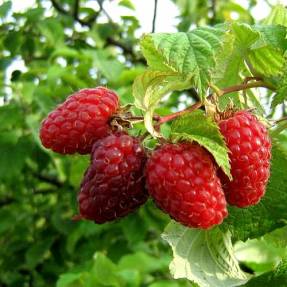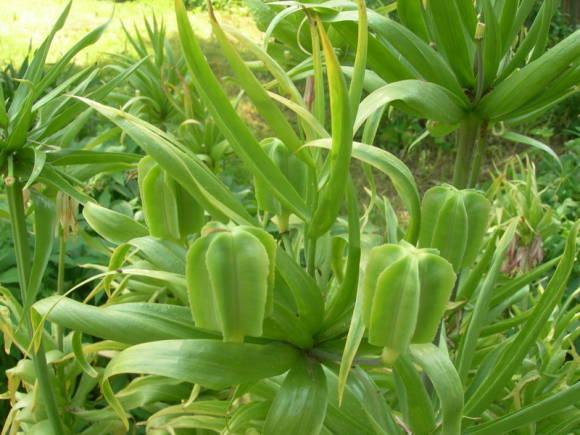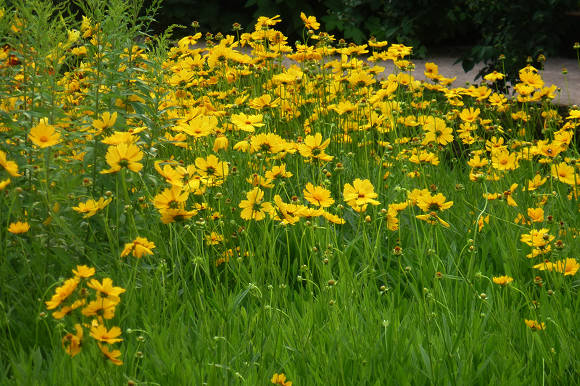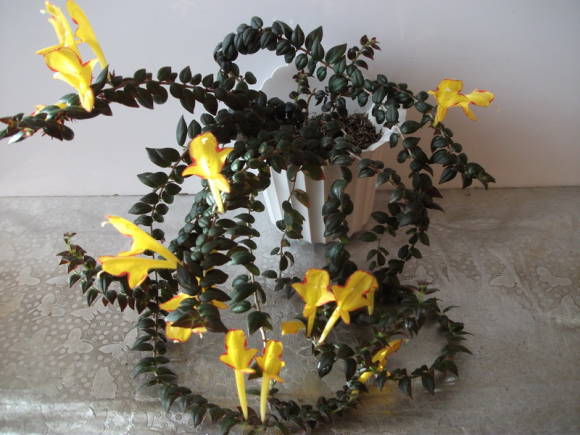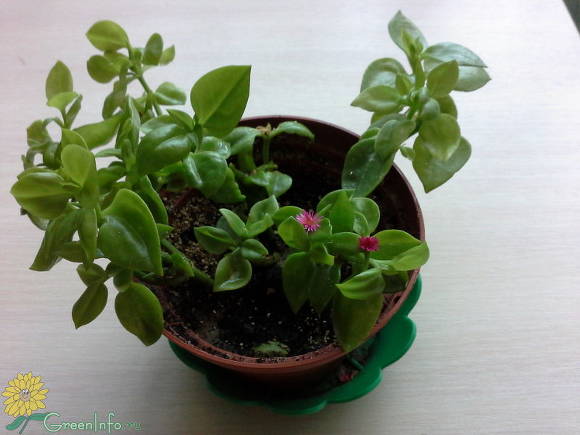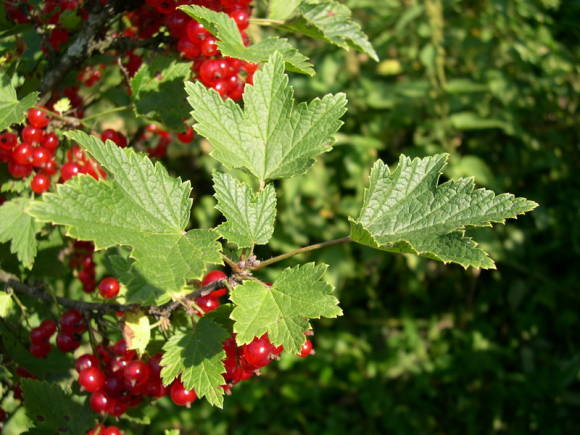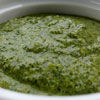South America - this was the name of the new continent discovered by the Europeans in 1492. As you know, everything new and unknown causes fear in a person, and sometimes mystical horror. Such horror was experienced by Europeans, who found skeletons of people and animals in tropical forests under the large leaves of a giant plant. Its trunk, long and thick, resembled a snake. The impression that the plant ate a person was intensified by the fact that the skeleton was literally pierced with long tentacle processes extending from the trunk, as if the plant had grabbed a person with these processes. The conclusion was made immediately - carnivorous monster plants live on the continent. So at the beginning of the 18th century, legends about killer plants from the tropical forests of South America appeared in Europe.
In fact, there are no carnivorous monster plants in South America. But it was thanks to such stories of travelers that the plant got its name - Monstera... Translated from Latin monstrum means "monster"... The explanation is quite simple - people or animals, dying of illness or injured, sought refuge, for example, from the rain, under large leaves of plants. They often died there. The corpse was gnawed by animals, ants, and long filamentous roots, which were mistaken for tentacles, grew into the skeleton only later.
There is a possibility that the word "monstera" comes from the Latin monstrosus - amazing, bizarre.
According to the botanical classification, Monstera was first assigned to the genus Philodendron (Philodendron), and in 1763 it was separated into an independent genus Monstera(Monstera)... Later, the monstera were given epithets - attractive, graceful, amazing, and when they tasted its fruits - delicious, delicious.
 |  |
Monstera is attractive (Monstera deliciosa)previously named philodendron full of holes (Philodendron pertusum), was first introduced to Great Britain in 1752. In its homeland, this species of monstera was described in detail almost a century later by the Danish botanist Frederick Michael Liebmann (1813-1856), who published a monograph on the plants of South America in 1849.
Baron Wilhelm Friedrich Karwinsky later came across monsters in their natural habitat. In 1841-1843 he led an expedition to South America organized by the St. Petersburg Academy of Sciences. From that expedition, in particular, a herbarium leaf dated April 1841 with a pair of monstera leaves collected in the Mexican coastal region of Veracruz has been preserved. Eighteen years later, this species of monstera was described by the Austrian botanist Heinrich Wilhelm Schott as monstera Karvinsky(Monstera karwinsky).
Today, the "elegant monster" Monstera is one of the most popular plants for apartments, offices, and winter gardens. But even now the rumors about her "monstrosity" have not diminished. Now, of course, she is no longer accused of carnivorousness, but they began to call her an energy vampire. Allegedly, it takes away the vitality of a person. Monstera is not recommended to be placed in bedrooms. What's the matter? Can a monstera really kill a person?
Of course not! It's all about the peculiarities of the process of plant respiration. It is known that all plants absorb carbon dioxide during the day and release oxygen, and at night, during respiration, absorb oxygen. Plants with large leaves absorb more of it than plants with small leaves. And if the bedroom is small, not ventilated, and any plant with large leaves is placed in it, in the morning a person may experience some discomfort, headache due to lack of oxygen. But, of course, there is no vampirism here.
